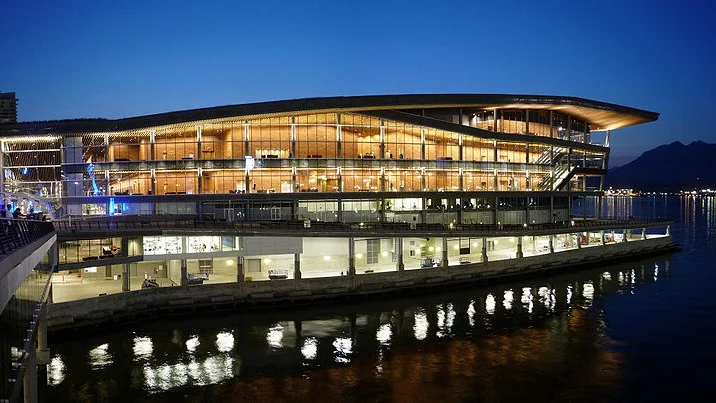The Benefits of Pursuing LEED Certification as an Architect
What is LEED?
The acronym LEED stands for Leadership in Energy and Environmental Design, it is the most widely used green building rating system in the world. It has been developed by the US Green Building Council and provides third-party verification that a building meets all the essential criteria of green design.
LEED applies to both commercial as well as residential buildings.
Why are LEED Certified Buildings Becoming Increasingly Popular?
image © unsplash
These days, the concept of green buildings is becoming quite popular across the world. A green building broadly means one that is environment-friendly and low on carbon emissions.
Now we all know that buildings have a huge impact on both human health as well as the environment. Right from construction to operations and maintenance, buildings consume huge amount of resources and generate a lot of waste.
The concept of green building calls for designing, constructing and maintaining buildings in such as manner so as to maximize energy savings and occupant health and minimize carbon emissions, costs of operation and waste generation.
Now green building is a generalized term. For a building to be LEED certified, it must meet certain parameters laid down by the US Green Building Council. These include:
Increased energy savings
Efficient use of water
Reduced greenhouse gas emissions
Healthier indoor air quality
Increased use of recycled materials
Optimum utilization of resources
Location and transportation
Sustainable sites
Innovation
Reduced costs of operation and maintenance
Further, there are four different levels of LEED certification –
Certified (40–49 points)
Silver (50–59 points)
Gold (60–79 points)
Platinum (80+ points)
The popularity of LEED certified buildings is on the rise because it means that we now have a healthier, more productive space for living and working, while placing minimum stress on the environment.
Buildings that earn LEED certification offer a multitude of benefits. These range from water and energy savings to improved human health and waste reduction. Further, LEED certified buildings command higher tenant rates and have higher resale value too.
What Does LEED Certification as an Architect Mean?
image © unsplash
Like buildings, architects can also achieve LEED certification by studying LEED standards and preparing for an accreditation exam. Upon passing the exam, the individual earns a LEED professional credential and is then said to be LEED certified.
LEED exams are administered by the Green Business Certification Inc. (GBCI). The exams test knowledge based on the U.S. Green Building Council's LEED Rating Systems.
There are three different levels in the LEED professional credentials program:
LEED Green Associate -- This is a foundational credential for people who have a documented, up-to-date understanding of the most current green building principles and practices. For many architects, it is the first step before earning advanced credentials such as the LEED AP with specialty.
LEED Accredited Professional (AP) with specialty – This credential requires specializing in a specific field which may be-
LEED AP Building Design + Construction
LEED AP Operations + Maintenance
LEED AP Interior Design + Construction
LEED AP Neighborhood
LEED AP Homes
LEED Fellows – They are a highly distinguished class of individuals who are nominated by their peers and have a minimum of 10 or more years of professional green building experience. LEED Fellows must also have achieved a LEED AP with specialty credential
Benefits of LEED Certification as an Architect
image © unsplash
While it is true that as an architect, you can design a LEED certified building even without being LEED certified yourself, having a LEED certification definitely gives you an upper hand and much needed credibility in the architecture and design world.
In fact, LEED certified architects earn more and are given preference over the ones who aren’t. That is because today, almost everyone in the building sector wants to hire professionals who have LEED AP attached to their names. Being LEED certified is no longer a novelty, it has actually become the norm these days.
LEED is accepted as a green building standard in over 140 countries and the demand for green buildings across the globe is at an all time high. Customers are happily willing to pay more for environment-friendly homes and sustainable architecture. Further, in many countries, the government projects that come out for bidding also require LEED certified architects.
At such a time, an architect can’t afford to not be up-to-date with sustainable building practices. Currently there are over 100,000 professionals worldwide who have become LEED-APs, and the numbers are growing fast.
Many architects are of the opinion that being LEED certified is something to be proud of. LEED is not ‘just another educational course’, it is a challenging process where you learn techniques and concepts that as a regular architect you may not have in-depth knowledge of.
And if you are an eco-friendly individual keen enough to do your bit for the planet, becoming LEED certified might just be the way to go to achieve your goal while raking in the bucks too!
Author: Jeslin Varghese
cover image © unsplash









